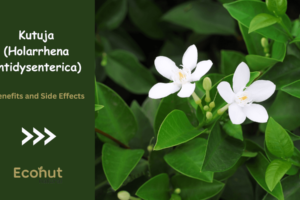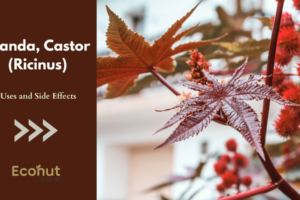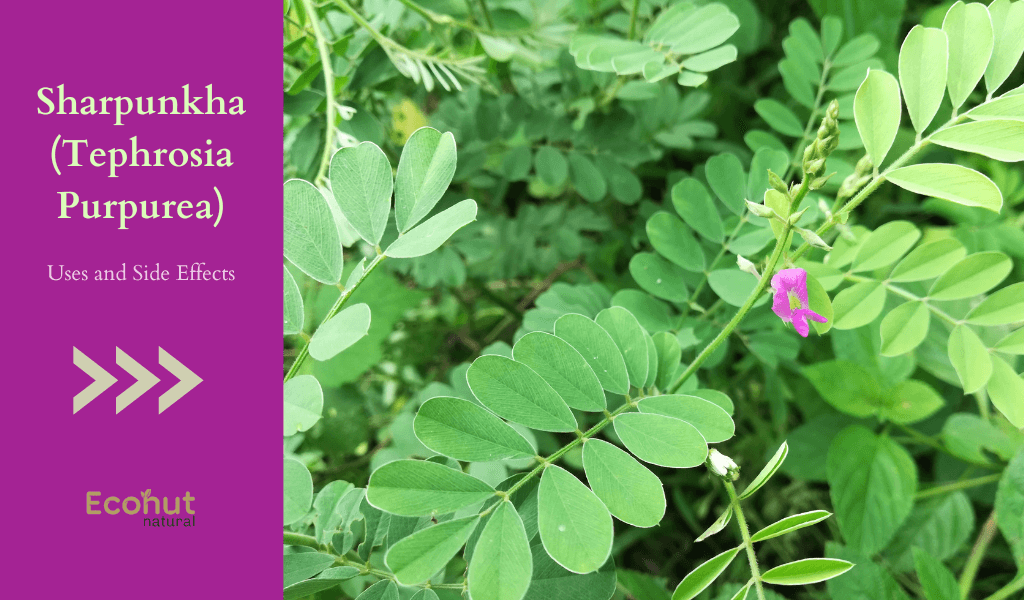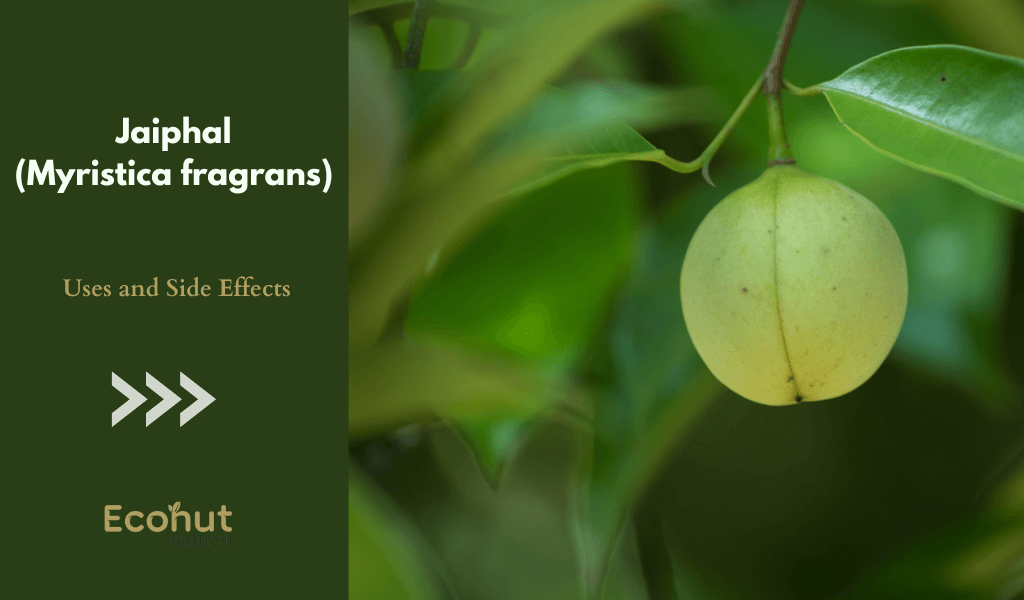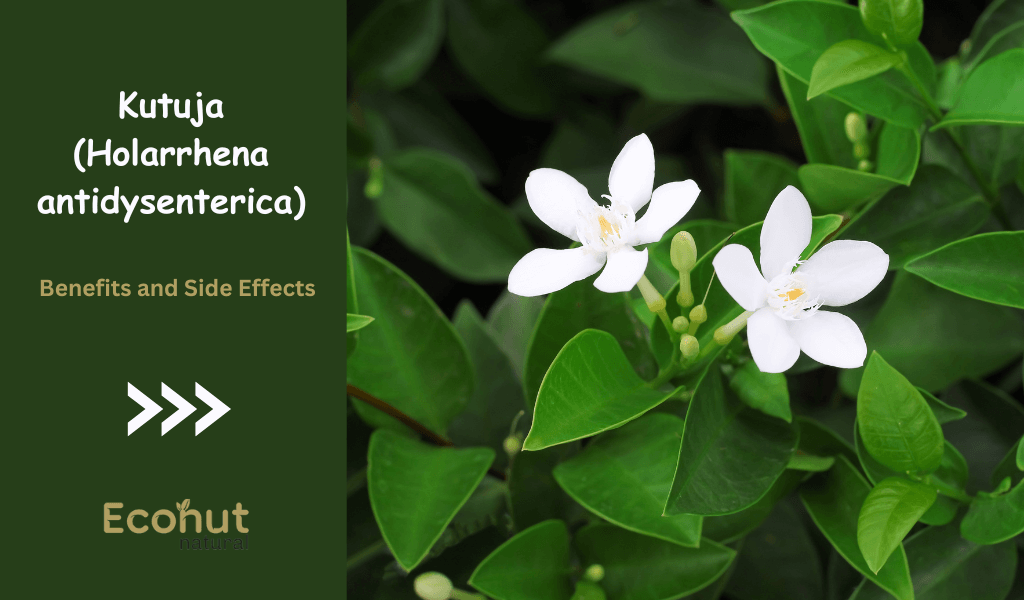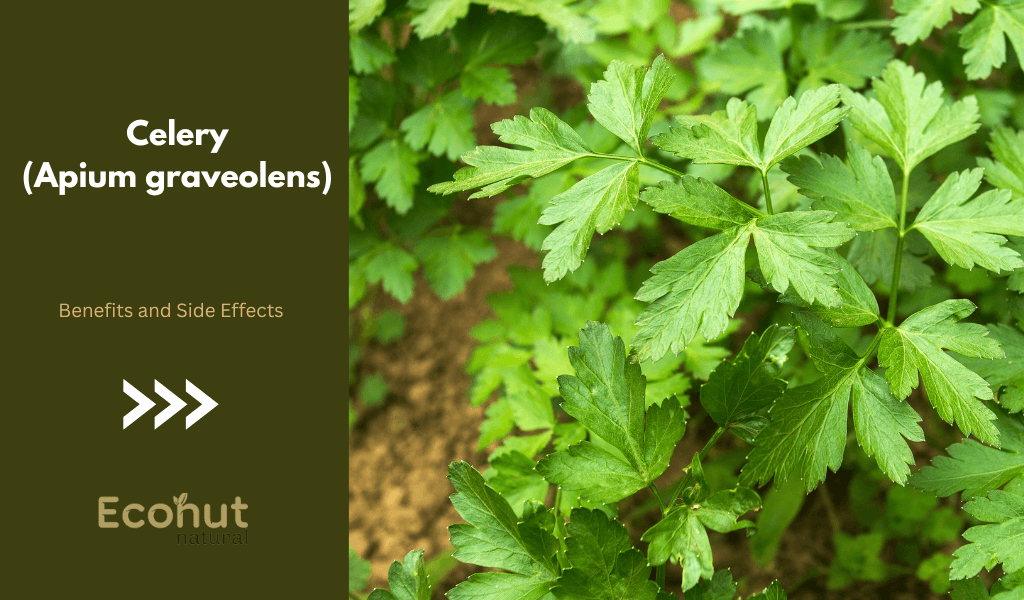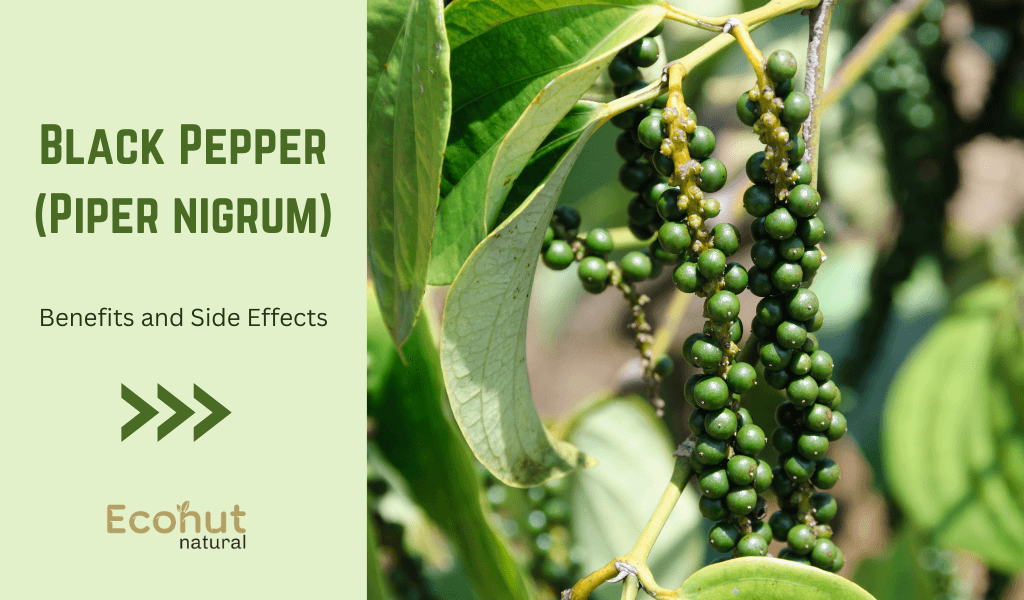Sharpunkha (Tephrosia Purpurea) commonly known as wild indigo, is a perennial herb belonging to the Fabaceae family. It is native to the Indian subcontinent and can be found in various parts of Asia, Africa, and Australia. Tephrosia purpurea is known for its medicinal properties and has been used in traditional medicine systems like Ayurveda for centuries.
Characteristics of Sharpunkha (Tephrosia Purpurea)
| Appearance |
|
| Habitat |
|
| Medicinal Uses |
|
| Chemical Constituents |
|
| Ecological Importance |
|
Scientific Classification of Sharpunkha (Tephrosia Purpurea)
Kingdom: Plantae
Class: Magnoliopsida
Subclass: Rosidae
Sub Kingdom: Tracheobionta
Super Division: Spermatophyta
Sub Family: Papilonaceae
Division: Magnoliophyta
Order: Fabales
Family: Fabaceae
Genus: Tephrosia
Species: Purpurea
Other Language Names of Sharpunkha (Tephrosia Purpurea)
Telugu name: Vempali Chettu
Tamil name: Kolingi
Sharpunkha Latin Name: Tephrosia purpurea
Sanskrit Name: Pleehashatru, Neelavrukshakruti, Shimbiphala, Mahaushadhi, Sharapunkha
Hindi Name: Saraponkh
English Name: Wild Indigo or Purple tephrosia
Marathi name: Unhali
Kannada name: Egyali
Malayalam name: Katamiri
Benefits of Sharpunkha (Tephrosia Purpurea)
Treating liver:
Sharpunkha is believed to possess hepatoprotective properties, meaning it may help protect the liver from damage caused by toxins or diseases. It is used in traditional medicine for treating liver disorders such as jaundice, hepatitis, and liver cirrhosis.
For Treating Skin Problems:
It is useful in the treatment of skin problems. The leaves of this plant contain a chemical compound called rotenoid, which acts as an insecticide. So, it is effective for treating skin eruptions, eczema, scabies, leprosy, etc.
Regulate and Control Blood Sugar Level:
This plant has anti-diabetic properties that help maintain healthy sugar levels in your body. By using this herb regularly also helps manage symptoms of diabetes like increased urination, fatigue, weight loss, excessive thirst, and slow healing of wounds.
Protect The Kidney:
Sharpunkha contain Kidney-protecting properties. It nourishes the kidney cells and helps strengthen the kidney system. It also helps in removing the toxins from the kidney and waste removal.
Grand Benefit in spleen diseases:
In Ayurveda, Tephrosia purpurea is often used for its purported medicinal properties, including its potential benefits for spleen diseases. It is believed to possess properties that may help in managing spleen disorders, although scientific evidence supporting this specific claim may be limited.
Other Benefits of Sharpunkha (Tephrosia Purpurea)
- Tephrosia purpurea is also used traditionally as folk medicine. According to Ayurveda, the plant is anthelmintic, alexiteric, restorative, and antipyretic.
- It is used in the treatment of leprosy, ulcers, asthma, and tumors, as well as diseases of the liver, spleen, heart, and blood.
- A decoction of the roots is given in dyspepsia, diarrhea, rheumatism, asthma and urinary disorders.
- The root powder is salutary for brushing the teeth, where it is said to quickly relieve dental pains and stop bleeding.
- An extract, termed ‘betaphroline’ finds use in certain cosmetic preparations. African shepherds use crushed plants to make an antidotal beverage for animals bitten by snakes.
Properties of Sharpunkha
Hindi / Sanskrit
- Rasa, Tikta, Kashaya
- Guna, Laghu, Rooksha, Teekshna
- Virya, Ushna
- Vipaka, Katu
English
- Taste, Bitter, Astringent
- Physical Property, Light, Dry, Piercing
- Potency, Hot
- Metabolic Property (After Digestion)
- Pungent
Parts Used
- Roots
- Whole Plant
Read Also: Agastya (Sesbania grandiflora): Uses, Benifits, Dosage and Properties
Sharpunkha (Tephrosia Purpurea) Side Effects
While it’s known for its medicinal properties, it’s important to recognize that like any medicinal substance, it may have potential side effects, especially if used improperly or in large quantities. Here are some side effects associated with Tephrosia purpurea are below.
Gastrointestinal Irritation:
In some cases, consuming Tephrosia purpurea preparations may lead to gastrointestinal irritation, causing symptoms such as nausea, vomiting, or diarrhea.
Allergic Reactions:
Individuals with allergies to plants in the Fabaceae family (such as peas, beans, or peanuts) may experience allergic reactions to Tephrosia purpurea.
Liver Toxicity:
There is some concern that Tephrosia purpurea may have hepatotoxic effects, particularly if taken in large doses or for extended periods. This could potentially lead to liver damage.
Interactions with Medications:
Tephrosia purpurea may interact with certain medications, especially those that are processed by the liver. It’s important to consult with a healthcare professional before using Tephrosia purpurea, especially if you’re taking medications.
Pregnancy and Breastfeeding:
There isn’t enough scientific evidence to determine the safety of Tephrosia purpurea during pregnancy and breastfeeding. Therefore, it’s best to avoid using it during these times unless under the supervision of a qualified healthcare provider.
Conclusion
Sharpunkha (Tephrosia purpurea) is a valuable medicinal plant known for its diverse pharmacological properties. Research suggests its potential in treating various ailments including liver disorders, skin diseases, and as an anti-inflammatory agent. With its rich traditional usage and promising scientific evidence, Sharpunkha holds significant promise as a natural remedy.
FAQS
What health conditions is Sharpunkha used for?
Sharpunkha has been traditionally used to treat various health conditions, including liver disorders, jaundice, skin diseases, diabetes, intestinal worms, urinary disorders, fever, cough, asthma, and rheumatism.
Are there any side effects of Sharpunkha?
While Sharpunkha is generally safe, excessive consumption may lead to side effects such as gastrointestinal discomfort, allergic reactions, or interactions with certain medications. It’s essential to use it in moderation and under the guidance of a healthcare provider.
Is Sharpunkha effective for liver disorders?
Sharpunkha has been traditionally used to support liver health and treat liver disorders such as jaundice. Some research suggests its hepatoprotective properties, but more clinical studies are needed to confirm its efficacy.
Can Sharpunkha be used for skin diseases?
Sharpunkha has been used traditionally for treating various skin diseases due to its anti-inflammatory and antimicrobial properties. It may help alleviate symptoms of skin conditions like eczema, psoriasis, and acne. However, more scientific evidence is needed to support its efficacy in this regard.


